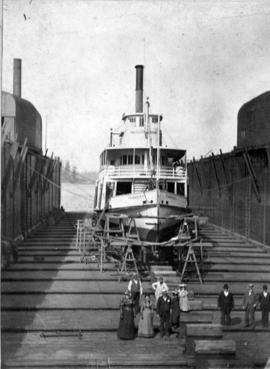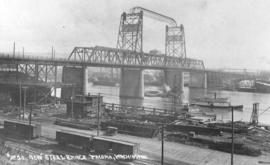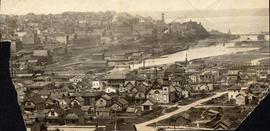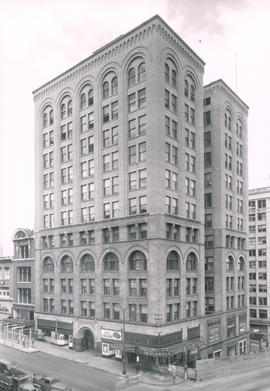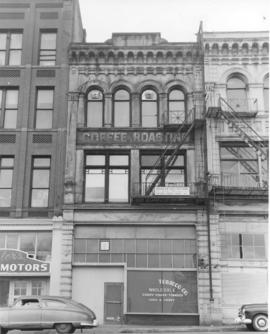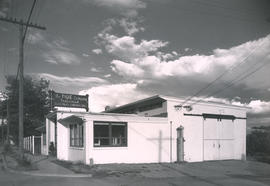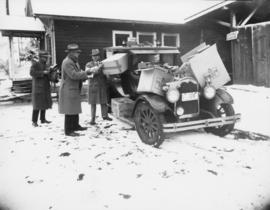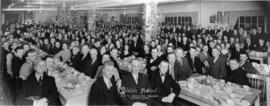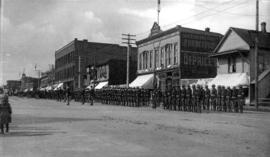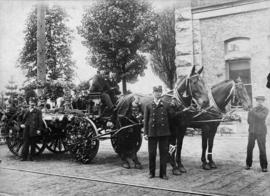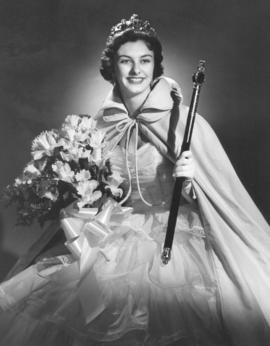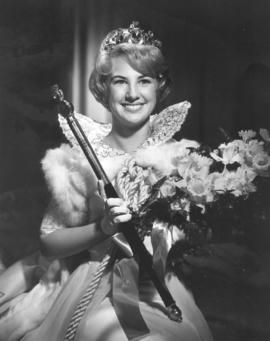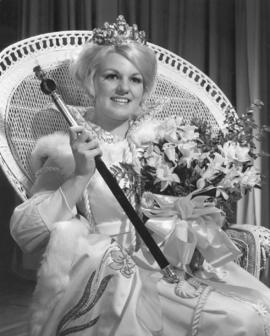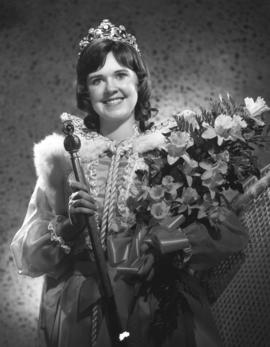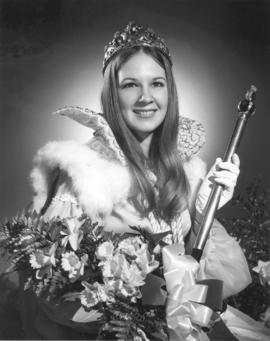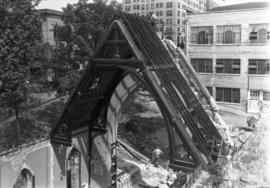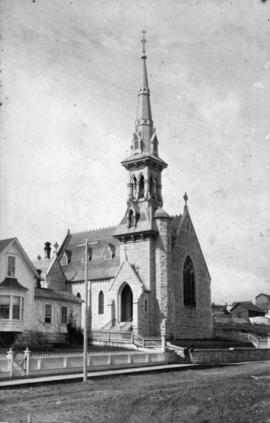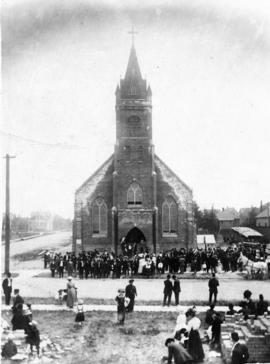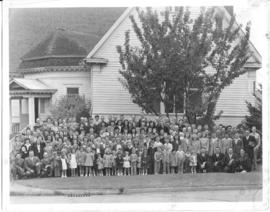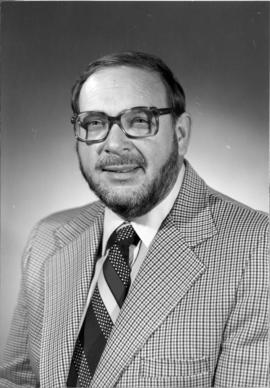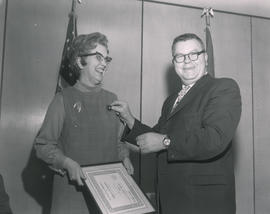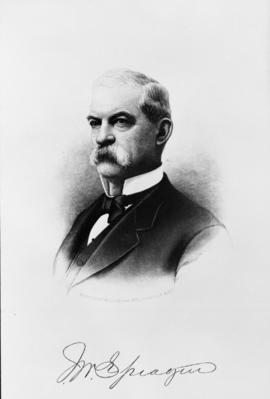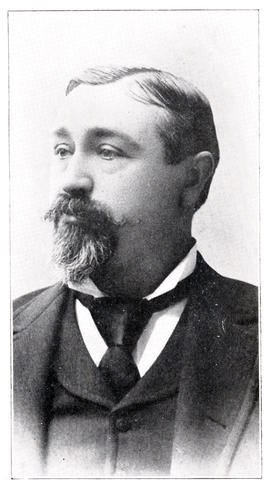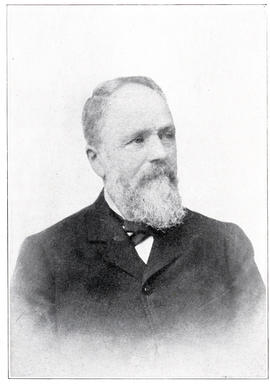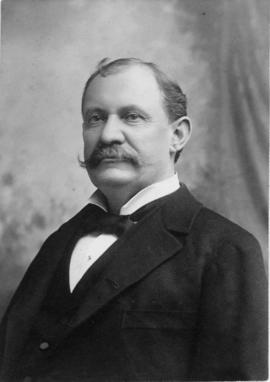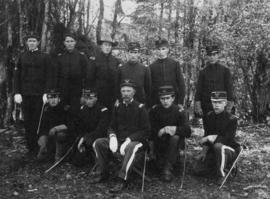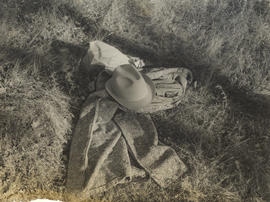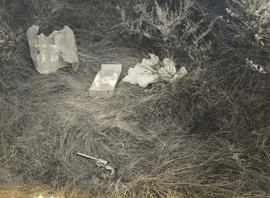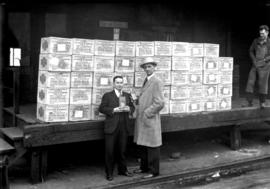- Item
- 1905
Part of General Photograph Collection
ca. 1905. The steamer Fairhaven is in drydock for repairs at Quartermaster Harbor, Vashon Island, circa 1905. Built in Tacoma in 1889 and launched from the yards of Cpt. John Holland, the stern-wheeler was 130 feet long with 26-foot beam. She was built at a cost of $30,000 for the Fairhaven Land Co., of which Nelson Bennett was president. The wooden stern-wheel steamer was used by more than one company including the La Conner Trading & Transportation Co. and the Island Transportation Co. She had suffered several accidents during her long tenure on local waters including sinking in ten feet of water after striking a rock near Utsalady in 1902 and smashing her bow while caught by strong gales at Coupeville in 1907. Here the Fairhaven is undergoing repairs circa 1905 at Quartermaster Harbor, a nearly five-mile-long inlet which is formed by Vashon Island on the west and Maury Island on the east. The drydock was one of the largest in the Puget Sound. It could lift several large ships at a time and was in place until 1909. The Fairhaven was beached in 1918 after a fire and ended her days as a quasi-houseboat. (Carlaw, 'The Pickrell Brothers recall the Fairhaven,' The Sea Chest, XV1 (Dec. 1982-article)
Stern wheelers; Steamboats; Boat & ship industry; Quartermaster Harbor (Wash);
